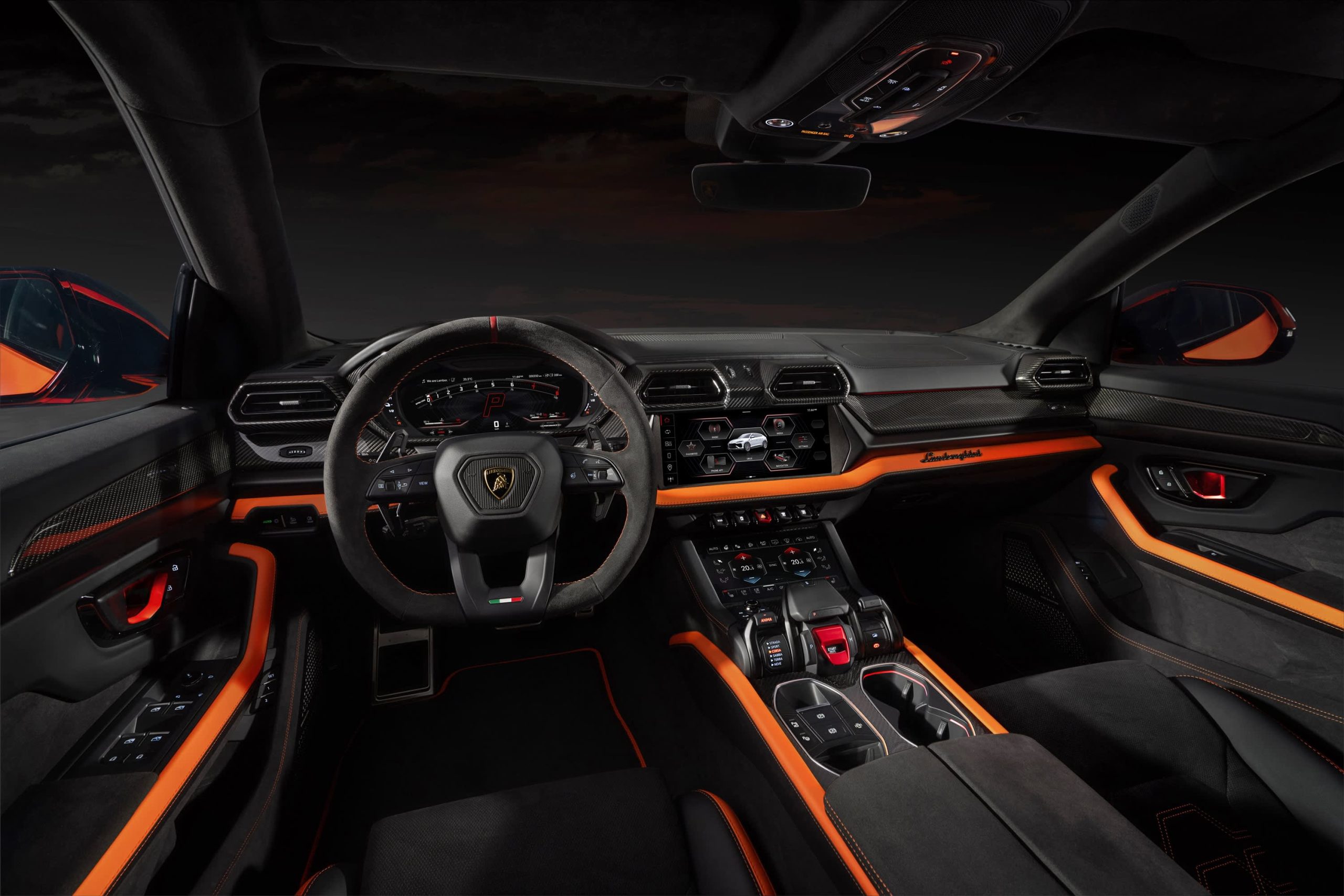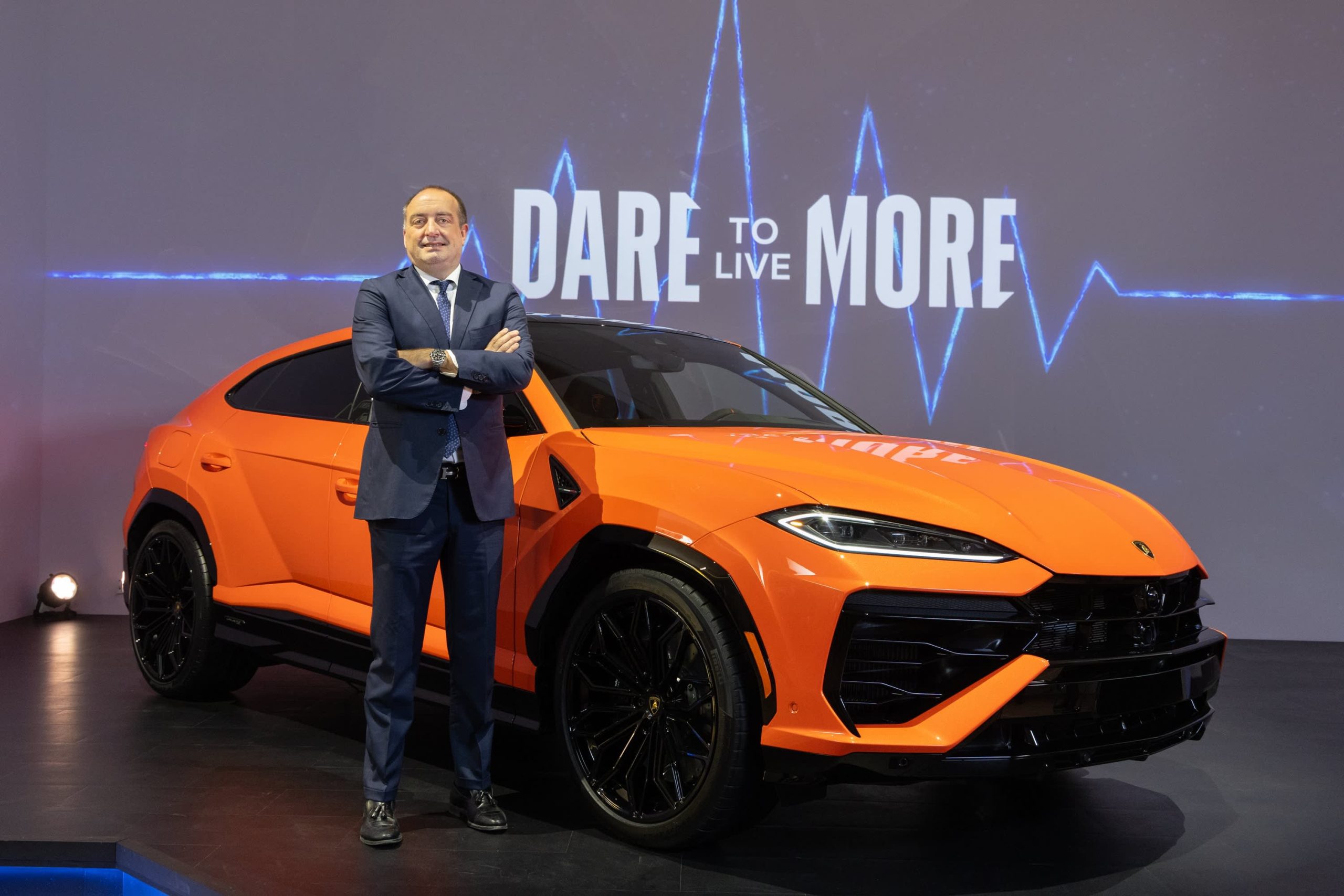A Psychologist Explains How AI and Algorithms Are Changing Our Lives
Behavioural scientist Gerd Gigerenzer has spent decades studying how people make choices. Here’s why he thinks too many of us are now letting AI make the decisions.
In an age of ChatGPT, computer algorithms and artificial intelligence are increasingly embedded in our lives, choosing the content we’re shown online, suggesting the music we hear and answering our questions.
These algorithms may be changing our world and behaviour in ways we don’t fully understand, says psychologist and behavioural scientist Gerd Gigerenzer, the director of the Harding Center for Risk Literacy at the University of Potsdam in Germany. Previously director of the Center for Adaptive Behaviour and Cognition at the Max Planck Institute for Human Development, he has conducted research over decades that has helped shape understanding of how people make choices when faced with uncertainty.
In his latest book, “How to Stay Smart in a Smart World,” Dr. Gigerenzer looks at how algorithms are shaping our future—and why it is important to remember they aren’t human. He spoke with the Journal for The Future of Everything podcast.
The term algorithm is thrown around so much these days. What are we talking about when we talk about algorithms?
It is a huge thing, and therefore it is important to distinguish what we are talking about. One of the insights in my research at the Max Planck Institute is that if you have a situation that is stable and well defined, then complex algorithms such as deep neural networks are certainly better than human performance. Examples are [the games] chess and Go, which are stable. But if you have a problem that is not stable—for instance, you want to predict a virus, like a coronavirus—then keep your hands off complex algorithms. [Dealing with] the uncertainty—that is more how the human mind works, to identify the one or two important cues and ignore the rest. In that type of ill-defined problem, complex algorithms don’t work well. I call this the “stable world principle,” and it helps you as a first clue about what AI can do. It also tells you that, in order to get the most out of AI, we have to make the world more predictable.
So after all these decades of computer science, are algorithms really just still calculators at the end of the day, running more and more complex equations?
What else would they be? A deep neural network has many, many layers, but they are still calculating machines. They can do much more than ever before with the help of video technology. They can paint, they can construct text. But that doesn’t mean that they understand text in the sense humans do.
Does being able to understand how these algorithms are making decisions help people?
Transparency is immensely important, and I believe it should be a human right. If it is transparent, you can actually modify that and start thinking [for] yourself again rather than relying on an algorithm that isn’t better than a bunch of badly paid workers. So we need to understand the situation where human judgment is needed and is actually better. And also we need to pay attention that we aren’t running into a situation where tech companies sell black-box algorithms that determine parts of our lives. It is about everything including your social and your political behaviour, and then people lose control to governments and to tech companies.
You write that “digital technology can easily tilt the scales toward autocratic systems.” Why do you say that? And how is this different from past information technologies?
This kind of danger is a real one. Among all the benefits it has, one of the vices is the propensity for surveillance by governments and tech companies. But people don’t read privacy policies anymore, so they don’t know. And also the privacy policies are set up in a way that you can’t really read them. They are too long and complicated. We need to get control back.
So then how should we be smart about something like this?
Think about a coffee house in your hometown that serves free coffee. Everyone goes there because it is free, and all the other coffee houses get bankrupt. So you have no choice anymore, but at least you get your free coffee and enjoy your conversations with your friends. But on the tables are microphones and on the walls are video cameras that record everything you say, every word, and to whom, and send it off to analyze. The coffee house is full of salespeople who interrupt you all the time to offer you personalised products. That is roughly the situation you are in when you are on Facebook, Instagram or other platforms. [Meta Platforms Inc., the parent company of Facebook and Instagram, declined to comment.] In this coffee house, you aren’t the customer. You are the product. So we want to have a coffee house where we are allowed again to pay [for] ourselves, so that we are the customers.
We’ve seen this whole infrastructure around personalised ads be baked into the infrastructure of the internet. And it seems like it would take some pretty serious interventions to make that go away. If you’re being realistic, where do you think we’re going to be headed in the next decade or so with technology and artificial intelligence and surveillance?
In general, I have more hope that people realise that it isn’t a good idea to give your data and your responsibility for your own decisions to tech companies who use it to make money from advertisers. That can’t be our future. We pay everywhere else with our [own] money, and that is why we are the customers and have the control. There is a true danger that more and more people are sleepwalking into surveillance and just accept everything that is more convenient.
But it sounds so hard, when everything is so convenient, to read privacy policies and do research on these algorithms that are affecting my life. How do I push back against that?
The most convenient thing isn’t to think. And the alternative is start thinking. The most important [technology to be aware of] is a mechanism that psychologists call “intermittent reinforcement.” You get a reinforcement, such as a “Like,” but you never know when you will get it. People keep going back to the platform and checking on their Likes. That has really changed the mentality and made people dependent. I think it is very important for everyone to understand these mechanisms and how one gets dependent. So you can get the control back if you want.
This interview has been condensed and edited.
 Copyright 2020, Dow Jones & Company, Inc. All Rights Reserved Worldwide. LEARN MORE
Copyright 2020, Dow Jones & Company, Inc. All Rights Reserved Worldwide. LEARN MORE
This stylish family home combines a classic palette and finishes with a flexible floorplan
Just 55 minutes from Sydney, make this your creative getaway located in the majestic Hawkesbury region.
The marketplace has spoken and, at least for now, it’s showing preference for hybrids and plug-in hybrids (PHEVs) over battery electrics. That makes Toyota’s foot dragging on EVs (and full speed ahead on hybrids) look fairly wise, though the timeline along a bumpy road still gets us to full electrification by 2035.
Italian supercar producer Lamborghini, in business since 1963, is also proceeding, incrementally, toward battery power. In an interview, Federico Foschini , Lamborghini’s chief global marketing and sales officer, talked about the new Urus SE plug-in hybrid the company showed at its lounge in New York on Monday.

Lamborghini
The Urus SE SUV will sell for US$258,000 in the U.S. (the company’s biggest market) when it goes on sale internationally in the first quarter of 2025, Foschini says.
“We’re using the contribution from the electric motor and battery to not only lower emissions but also to boost performance,” he says. “Next year, all three of our models [the others are the Revuelto, a PHEV from launch, and the continuation of the Huracán] will be available as PHEVs.”
The Euro-spec Urus SE will have a stated 37 miles of electric-only range, thanks to a 192-horsepower electric motor and a 25.9-kilowatt-hour battery, but that distance will probably be less in stricter U.S. federal testing. In electric mode, the SE can reach 81 miles per hour. With the 4-litre 620-horsepower twin-turbo V8 engine engaged, the picture is quite different. With 789 horsepower and 701 pound-feet of torque on tap, the SE—as big as it is—can reach 62 mph in 3.4 seconds and attain 193 mph. It’s marginally faster than the Urus S, but also slightly under the cutting-edge Urus Performante model. Lamborghini says the SE reduces emissions by 80% compared to a standard Urus.
Lamborghini’s Urus plans are a little complicated. The company’s order books are full through 2025, but after that it plans to ditch the S and Performante models and produce only the SE. That’s only for a year, however, because the all-electric Urus should arrive by 2029.

Lamborghini
Thanks to the electric motor, the Urus SE offers all-wheel drive. The motor is situated inside the eight-speed automatic transmission, and it acts as a booster for the V8 but it can also drive the wheels on its own. The electric torque-vectoring system distributes power to the wheels that need it for improved cornering. The Urus SE has six driving modes, with variations that give a total of 11 performance options. There are carbon ceramic brakes front and rear.
To distinguish it, the Urus SE gets a new “floating” hood design and a new grille, headlights with matrix LED technology and a new lighting signature, and a redesigned bumper. There are more than 100 bodywork styling options, and 47 interior color combinations, with four embroidery types. The rear liftgate has also been restyled, with lights that connect the tail light clusters. The rear diffuser was redesigned to give 35% more downforce (compared to the Urus S) and keep the car on the road.
The Urus represents about 60% of U.S. Lamborghini sales, Foschini says, and in the early years 80% of buyers were new to the brand. Now it’s down to 70%because, as Foschini says, some happy Urus owners have upgraded to the Performante model. Lamborghini sold 3,000 cars last year in the U.S., where it has 44 dealers. Global sales were 10,112, the first time the marque went into five figures.
The average Urus buyer is 45 years old, though it’s 10 years younger in China and 10 years older in Japan. Only 10% are women, though that percentage is increasing.
“The customer base is widening, thanks to the broad appeal of the Urus—it’s a very usable car,” Foschini says. “The new buyers are successful in business, appreciate the technology, the performance, the unconventional design, and the fun-to-drive nature of the Urus.”
Maserati has two SUVs in its lineup, the Levante and the smaller Grecale. But Foschini says Lamborghini has no such plans. “A smaller SUV is not consistent with the positioning of our brand,” he says. “It’s not what we need in our portfolio now.”
It’s unclear exactly when Lamborghini will become an all-battery-electric brand. Foschini says that the Italian automaker is working with Volkswagen Group partner Porsche on e-fuel, synthetic and renewably made gasoline that could presumably extend the brand’s internal-combustion identity. But now, e-fuel is very expensive to make as it relies on wind power and captured carbon dioxide.
During Monterey Car Week in 2023, Lamborghini showed the Lanzador , a 2+2 electric concept car with high ground clearance that is headed for production. “This is the right electric vehicle for us,” Foschini says. “And the production version will look better than the concept.” The Lanzador, Lamborghini’s fourth model, should arrive in 2028.
This stylish family home combines a classic palette and finishes with a flexible floorplan
Consumers are going to gravitate toward applications powered by the buzzy new technology, analyst Michael Wolf predicts























